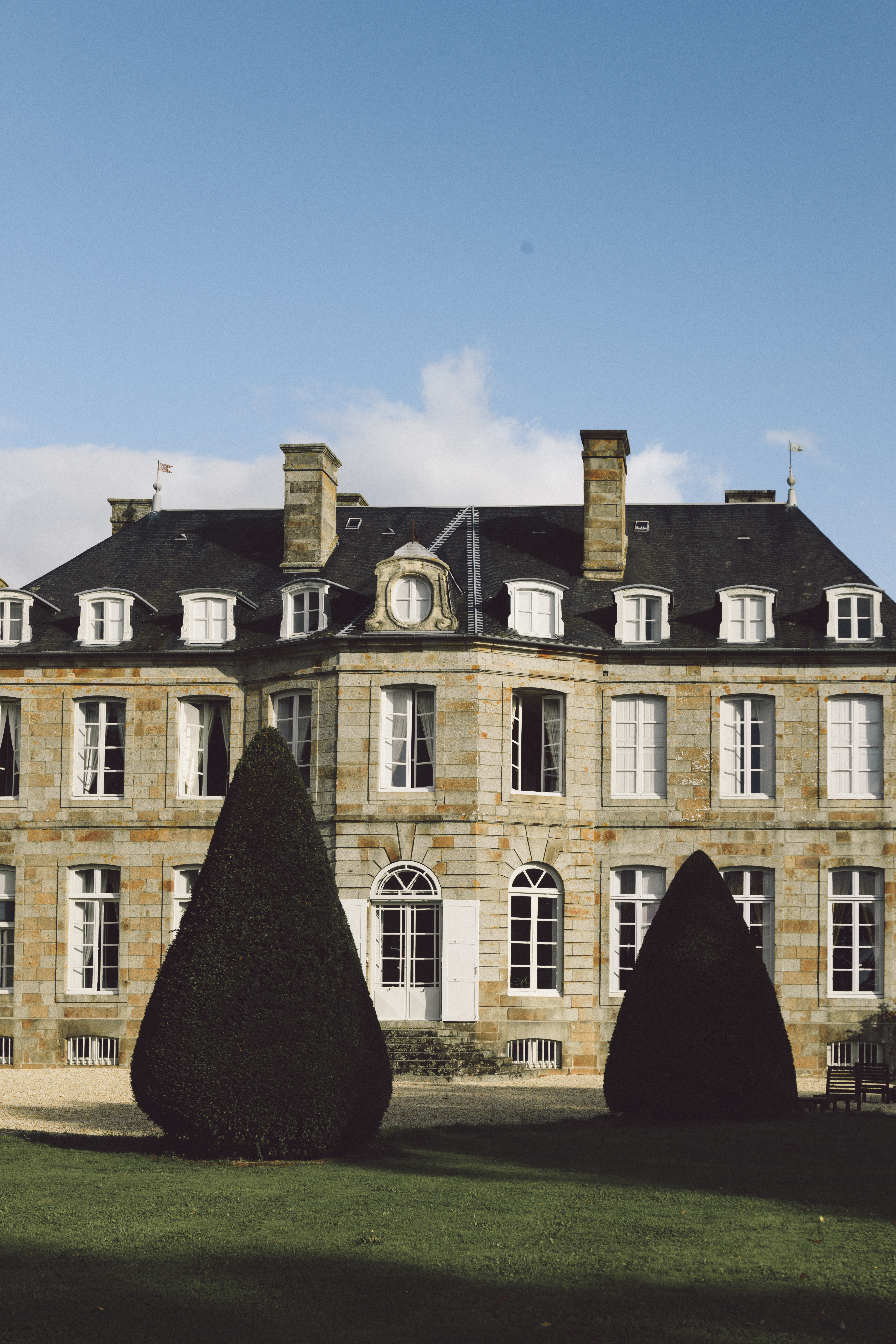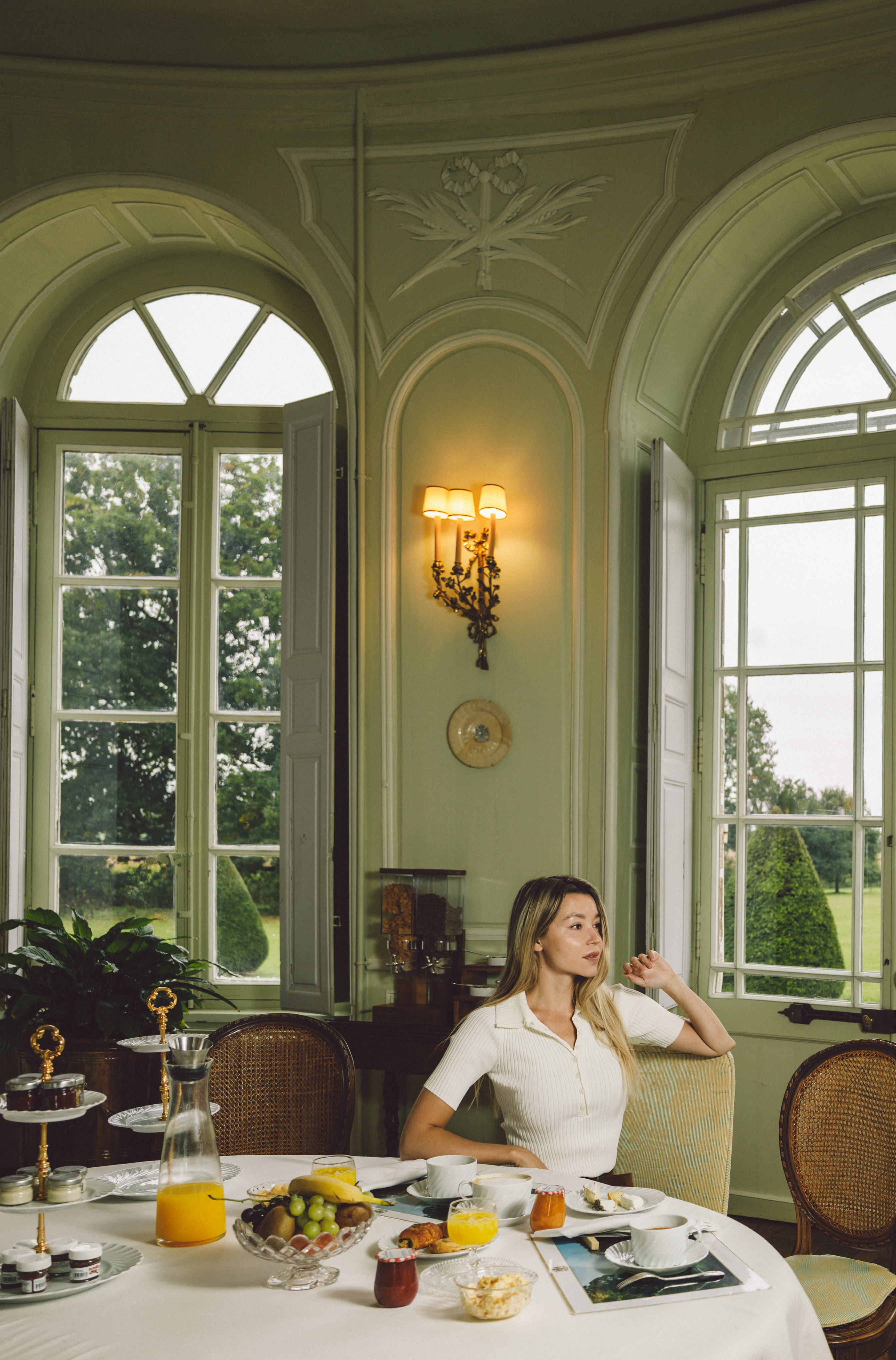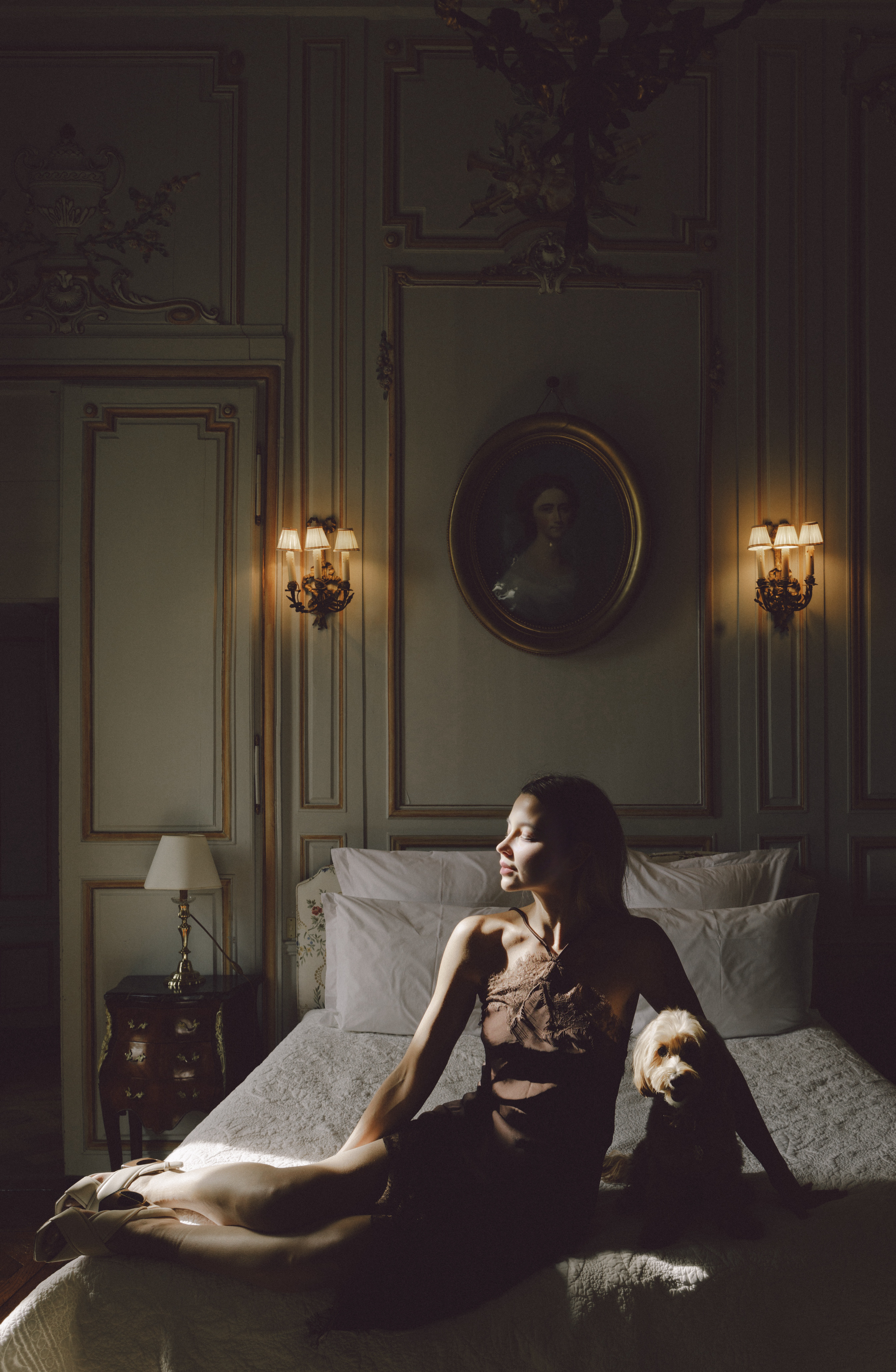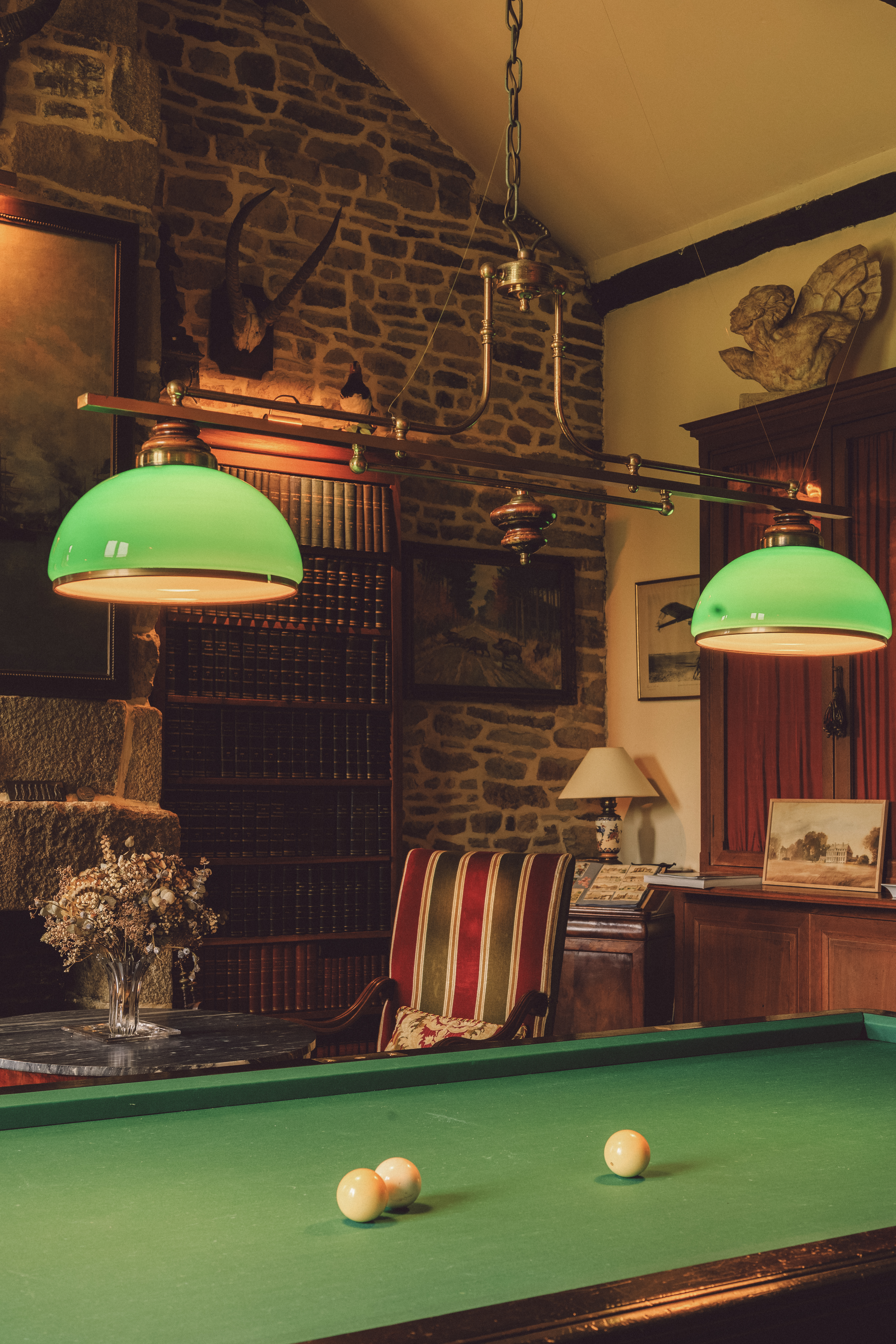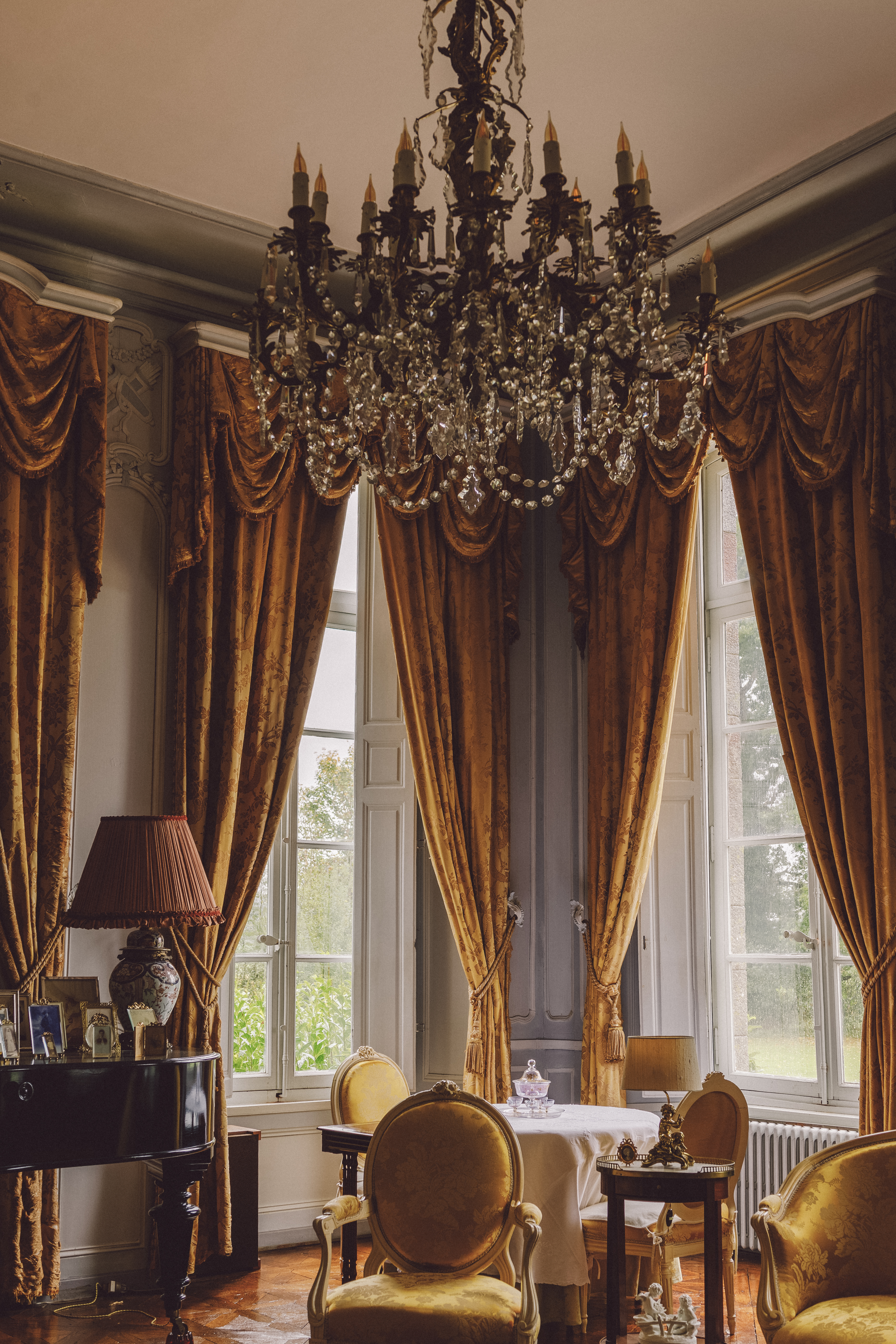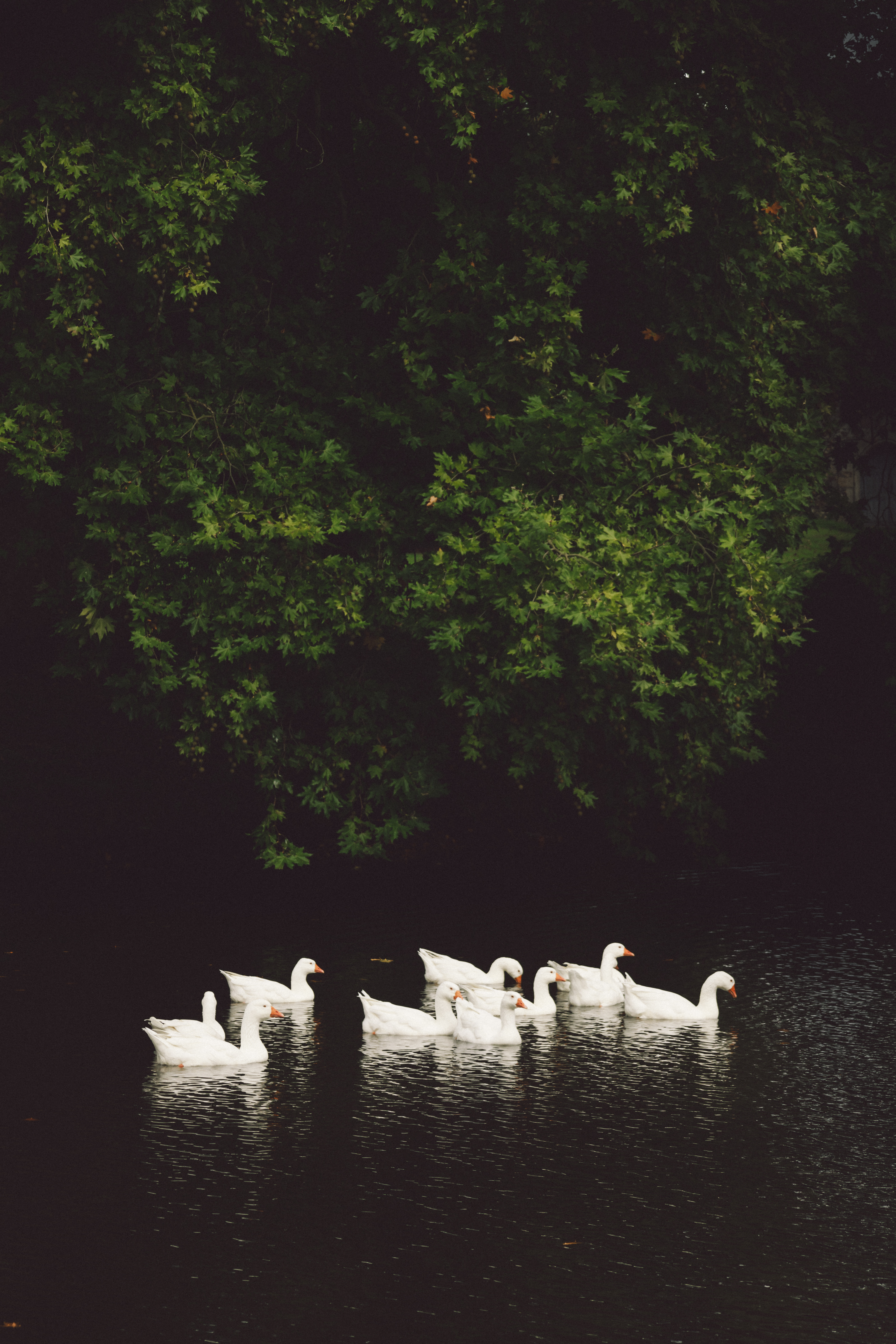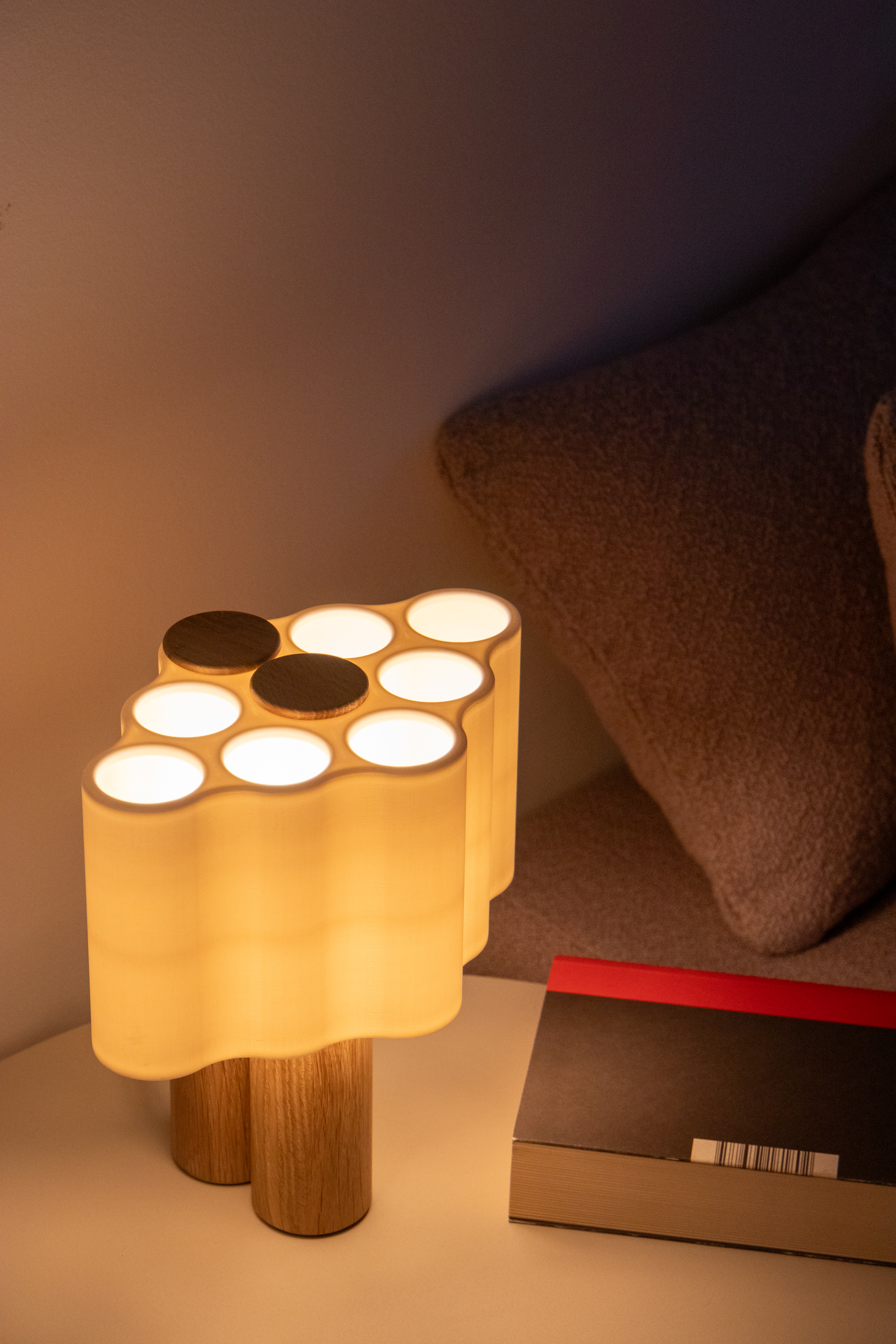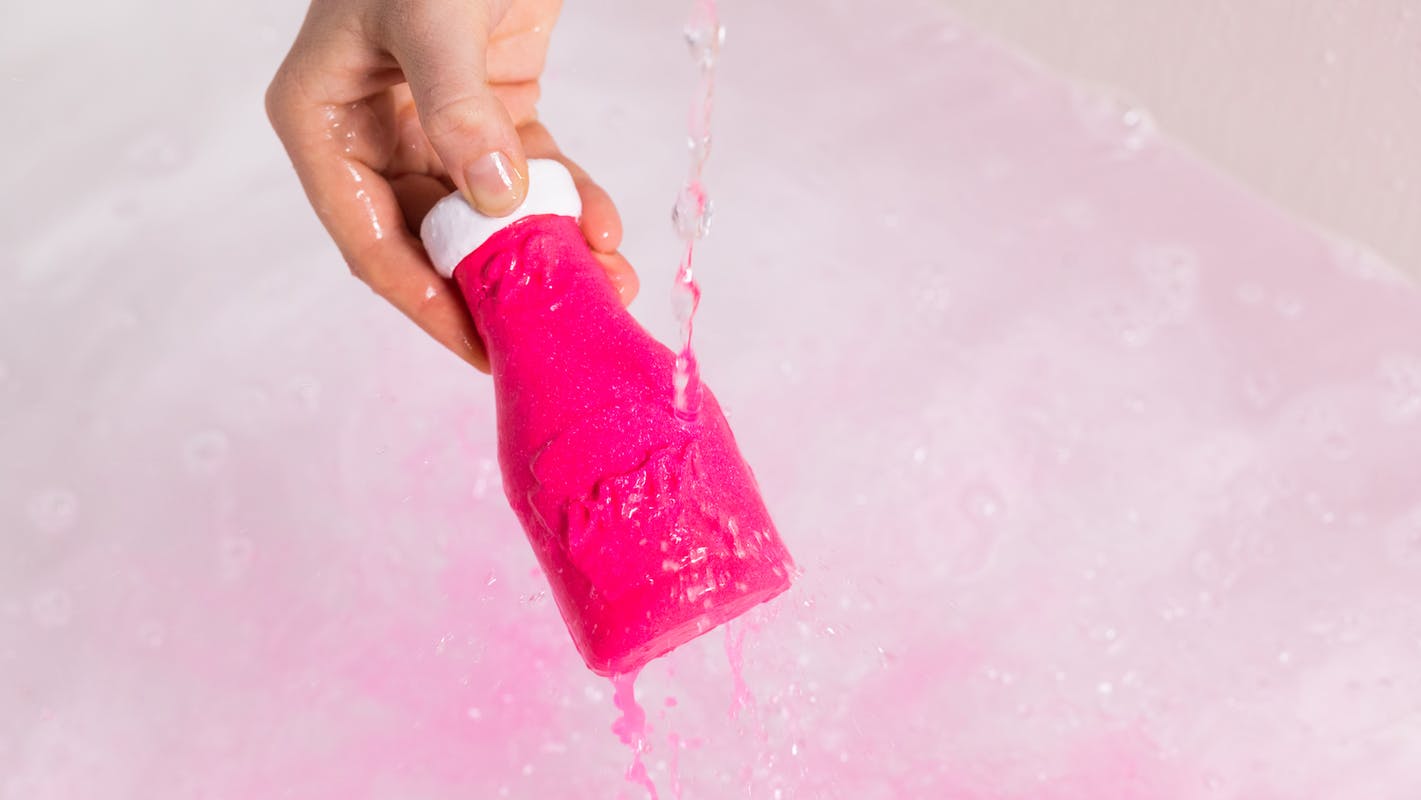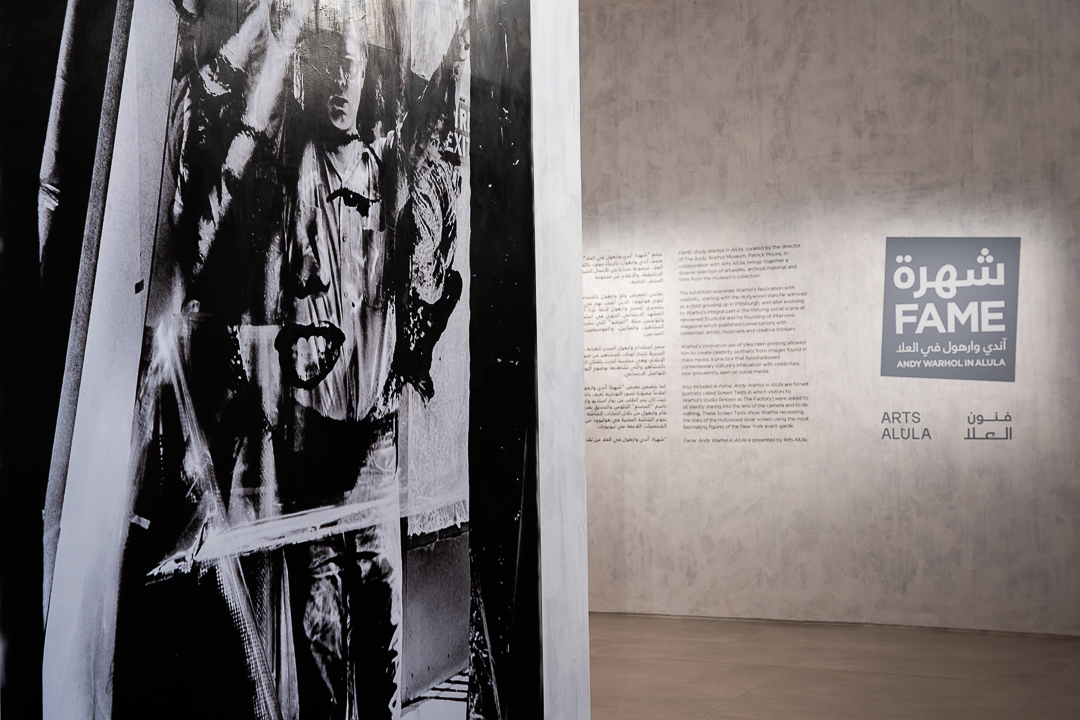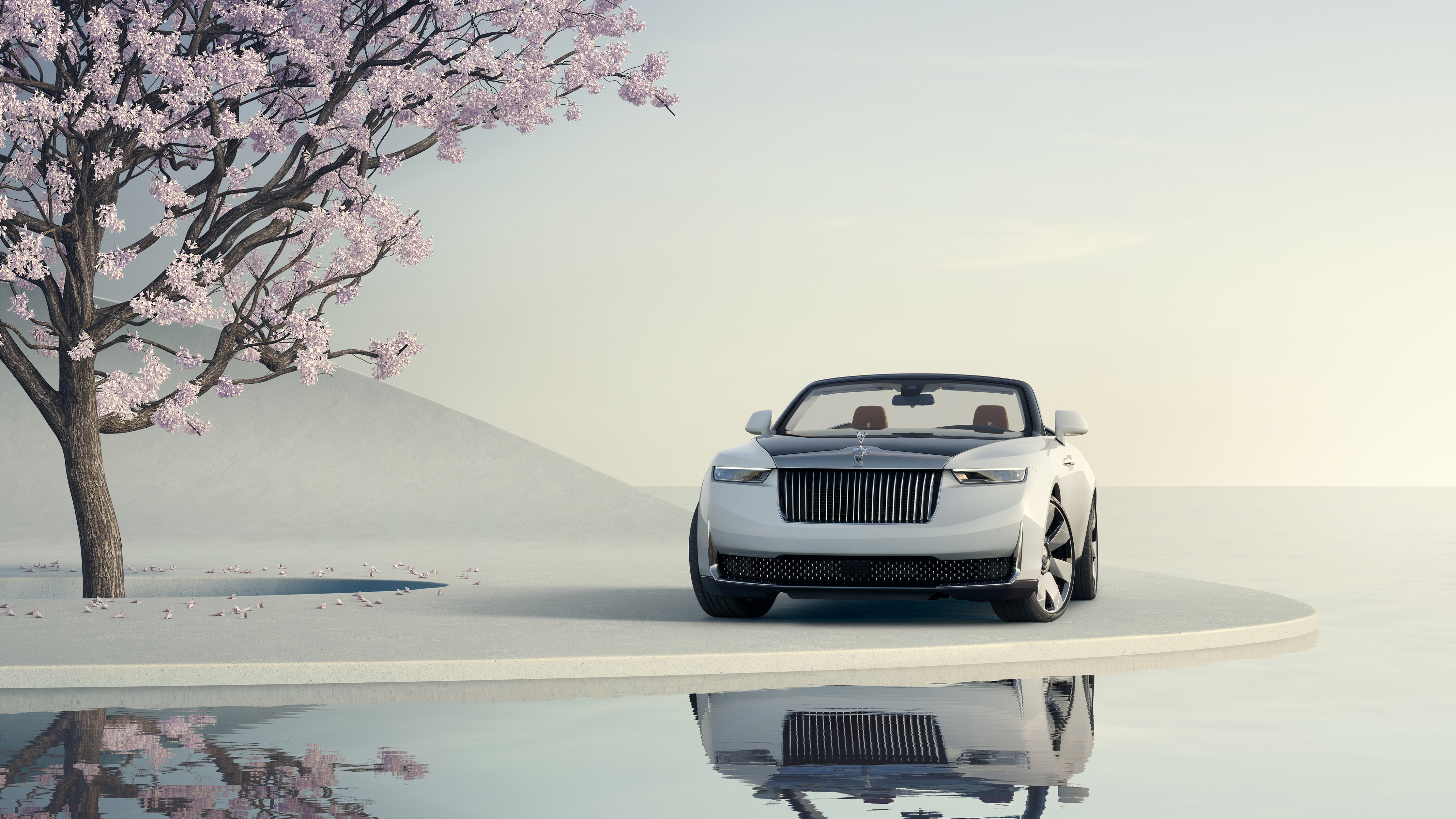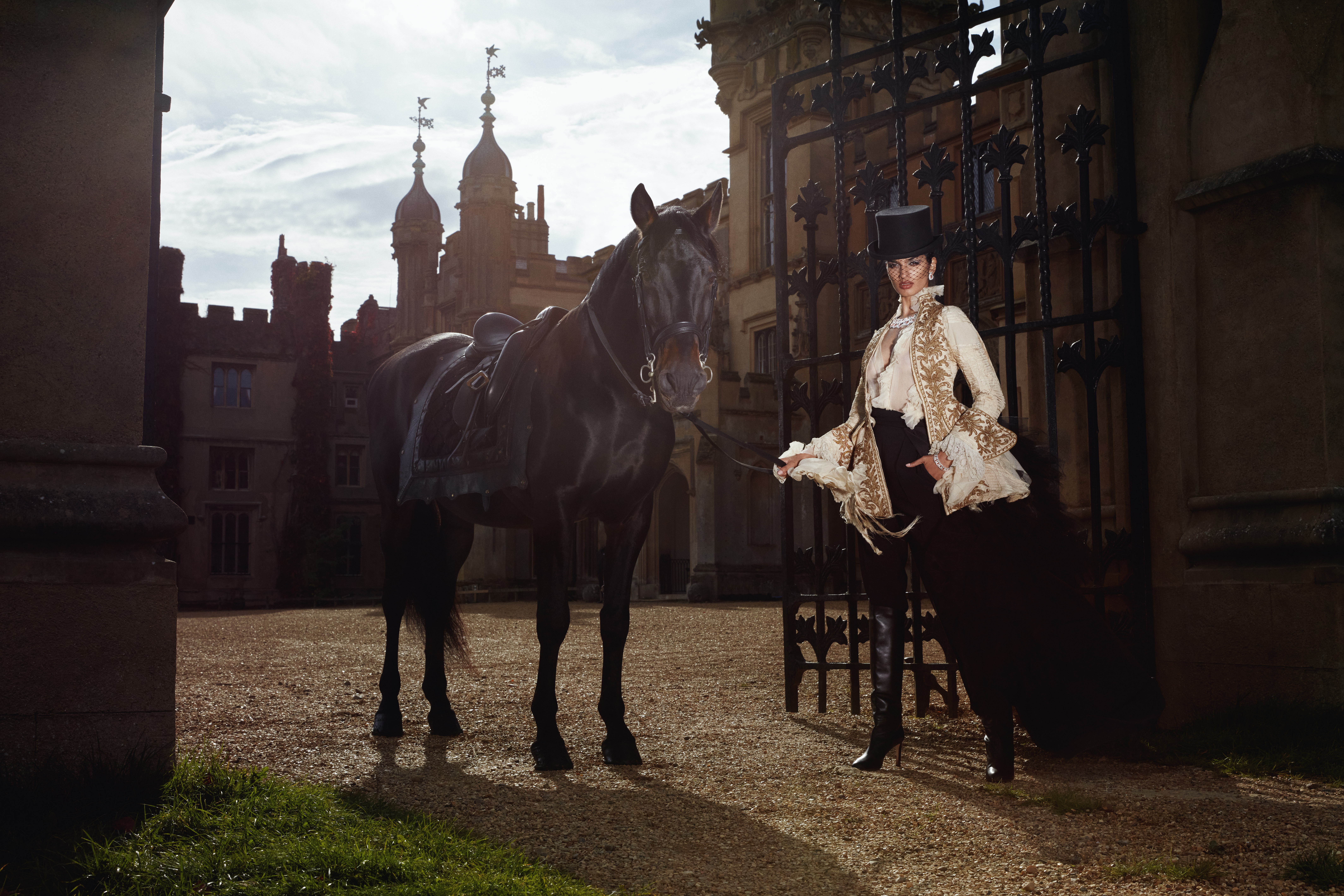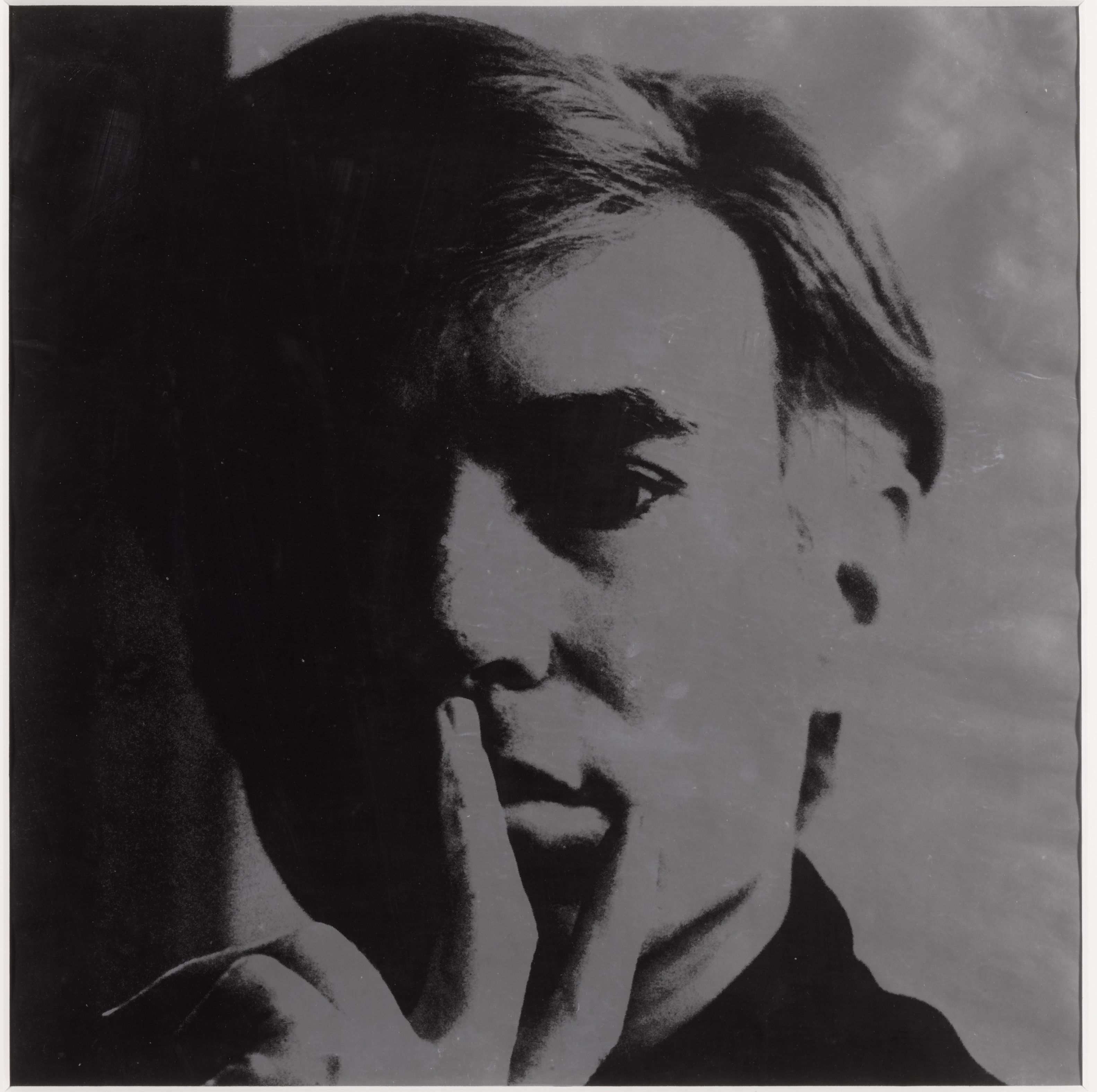Where the Past Still Pours Your Coffee: A Weekend at Château de Boucéel, Normandy
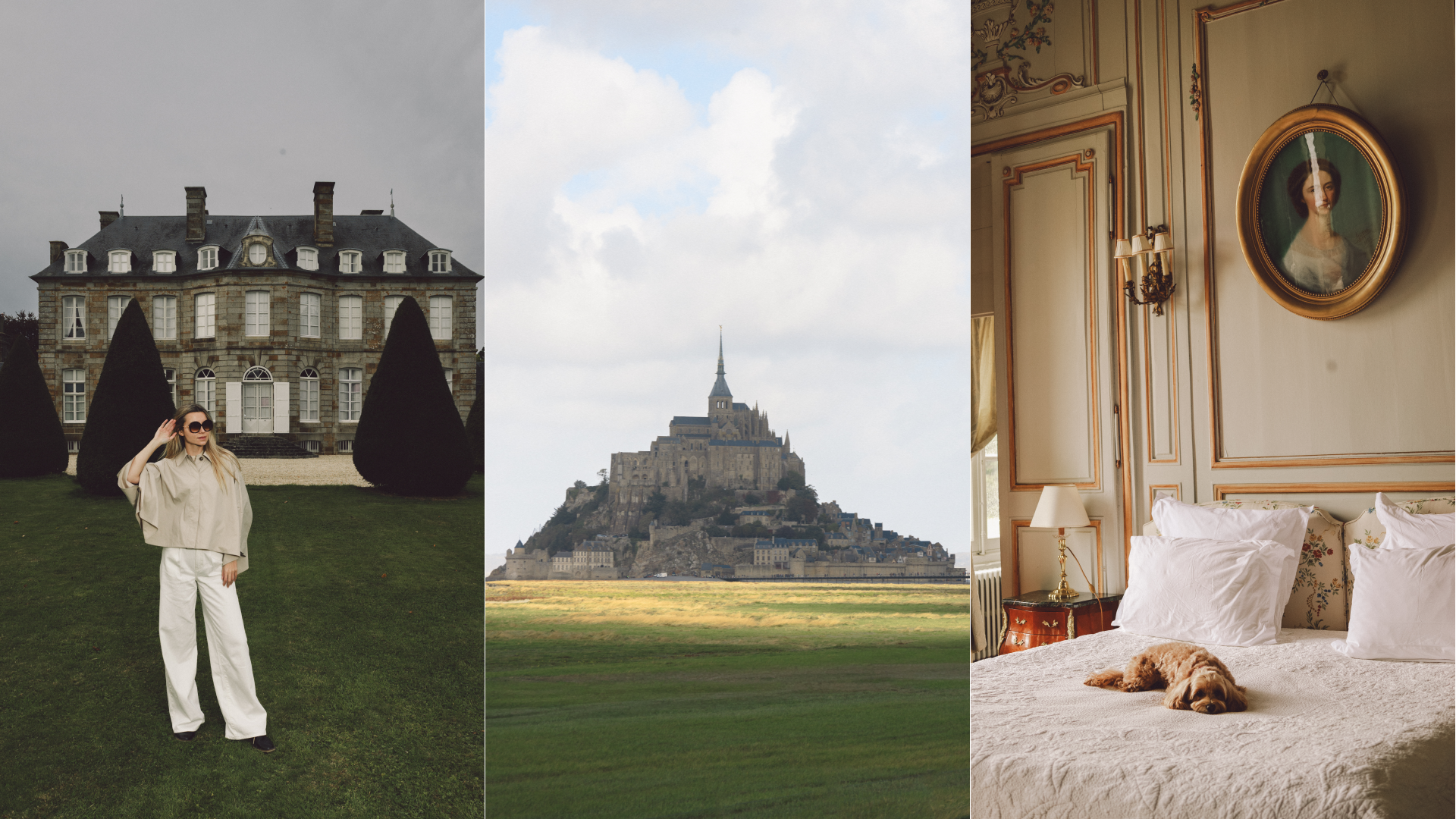
Getting to Mont Saint-Michel is easier than one might think. A direct four- hour NOMAD train from Paris Montparnasse glides into Pontorson, a quiet town where time seems to have paused around 1950. From there it’s a short, fifteen-minute drive through apple-scented fields until the gates of Château de Boucéel open and you roll into a postcard.
Built in 1763, the château rises on land that hums with much older history. Long before the symmetry and stone, this was the site of a Knights Templar commandery, where weary pilgrims on their way to Mont Saint-Michel once found refuge. The name Boucéel itself stems from buxus—Latin for boxwood—hinting at a Roman villa that likely stood here centuries before.
The de Roquefeuil family, whose lineage stretches nearly a thousand years back to southern France, acquired the estate at the end of the 19th century. Their name threads through Europe’s noble registers, touching crusaders, admirals, and knights. Today, the château is run by Ian de Roquefeuil, who took over from his father after studying hotel management, and his wife Erika Castrillón. Together, they’ve turned Boucéel into something rare: a place where aristocratic legacy meets genuine warmth. If you’re after the real France—the one of lineage, legend, and unapologetic charm—you cannot go more genuine than Boucéel.
It was Erika who welcomed us at the door, her calm kindness instantly softening the grandeur. She led us through the grand salon, where ancestral portraits watch over porcelain cabinets, and into a library perfumed with beeswax and leather-bound novels. Later, we met Count Régis de Roquefeuil, Ian’s father, who still lives here with his wife Nicole and remains the château’s living memory.
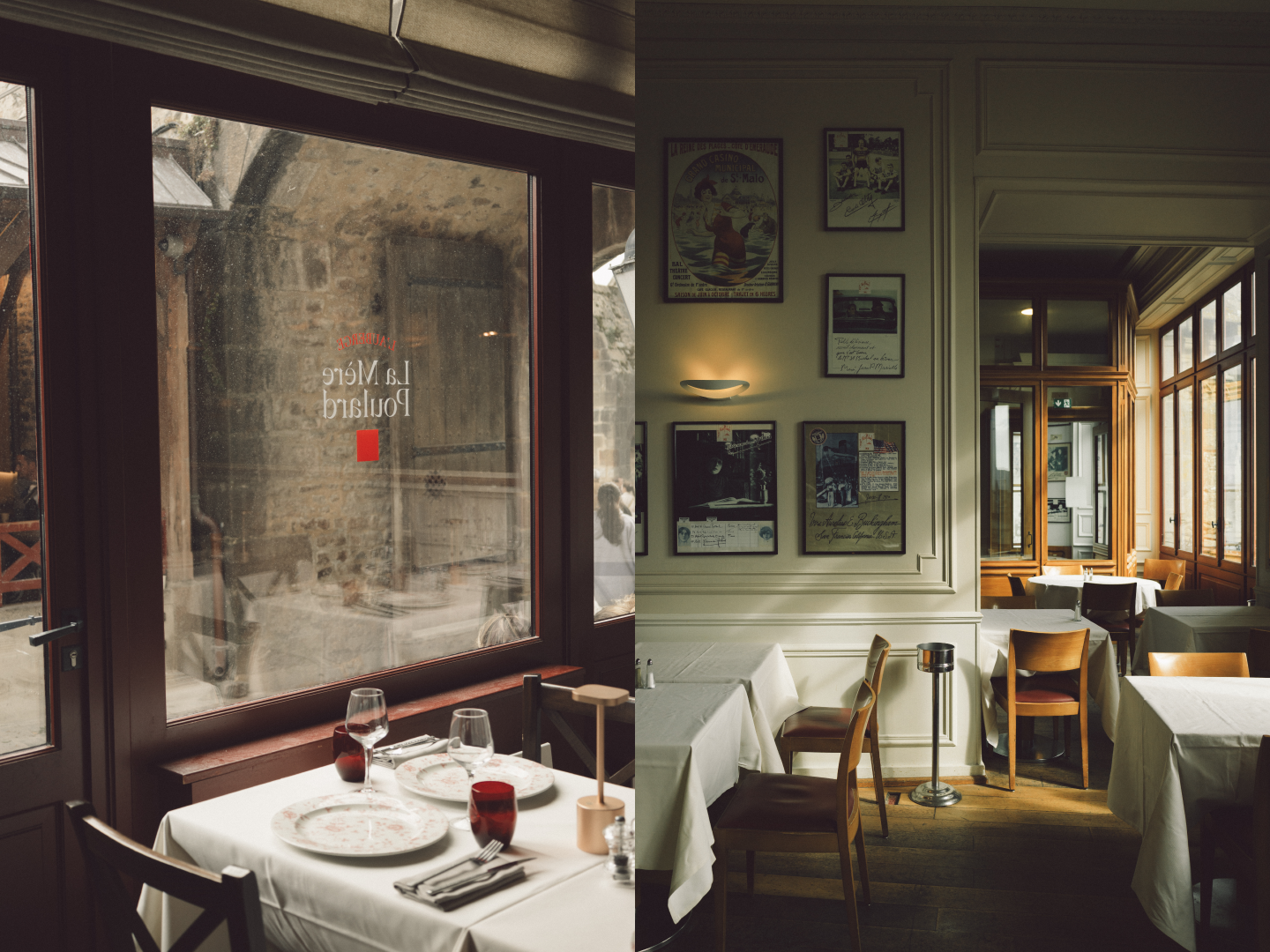
Régis de Roquefeuil spoke with the kind of grace that makes you sit up a little straighter. In the evenings, by lamplight, he shared stories of the family’s past—some charming, others quietly moving, especially those touching on his father’s courage during the war, always told with a sharp, sparkling humour. He showed us relics from the French Resistance, preserved from his father Arnaud de Roquefeuil, who began an illustrated diary at seventeen. What started as sketches of everyday life became, by 1939, a vivid chronicle of occupied France—later published across the country as an invaluable historical record.
Boucéel could easily pass for a museum, but it isn’t. It’s a home—lived-in, faintly eccentric, and impossibly charming. Outside, two cats rule the courtyard: a sleek Bengal with the self-assurance of royalty and Mochi, a gloriously round character who takes sunbathing very seriously. Donkeys graze near the pond; chickens and ducks wander between clipped lawns.
Mornings here are a small ceremony of French decadence. Breakfast itself is an indulgent affair served in a bright, windowed room overlooking the park: pain perdu made not from the usual brioche but from the château’s own viennoiserie, local cheeses, creamy Bordier butter, and eggs made exactly as you like them.
If you can’t resist a midnight indulgence (and who could, in such surroundings?), there’s an honesty bar stocked with gourmet jars prepared by a Michelin-starred chef—Norman stews, terrines, and soups, all ready to be warmed and devoured with a glass of Bordeaux. Dinner, if you plan ahead, can be arranged with a private chef, who will transform local produce into something worthy of Versailles.
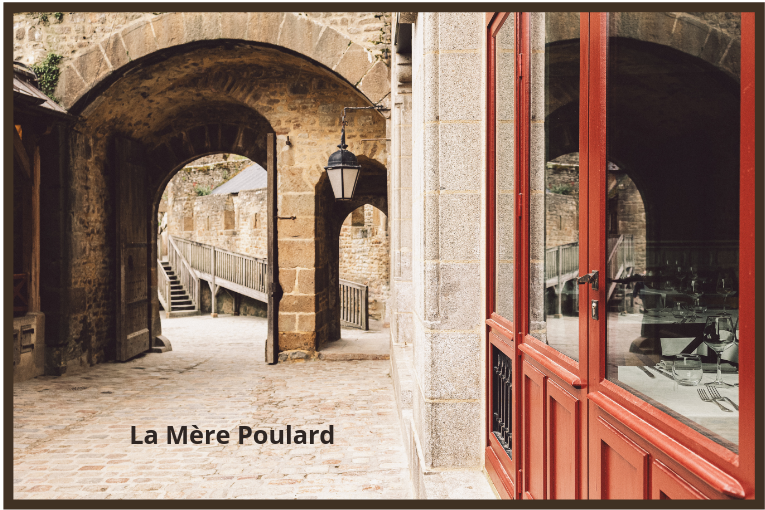
The day we ventured out, Mont Saint-Michel awaited—just a short drive away, but another world entirely. The abbey rises from the tidal flats like something conjured from myth, a silhouette so iconic it’s almost surreal up close. Climb the narrow, cobbled streets and let yourself be swept into centuries of pilgrimage, prayers, and perilous tides.
For lunch, there’s no resisting La Mère Poulard, the legendary restaurant just by the gates, where generations of visitors have queued for the world’s most famous omelette. Whipped furiously in copper bowls and cooked over an open fire, it’s part performance, part culinary poetry. Since 1888, Queen Elizabeth II, Emperor Hirohito, Tzar Nicholas II, Hemingway, Yves Saint Laurent have all dined here, each probably leaving slightly puzzled about whether the omelette was sublime or simply iconic. Either way, it’s a must.
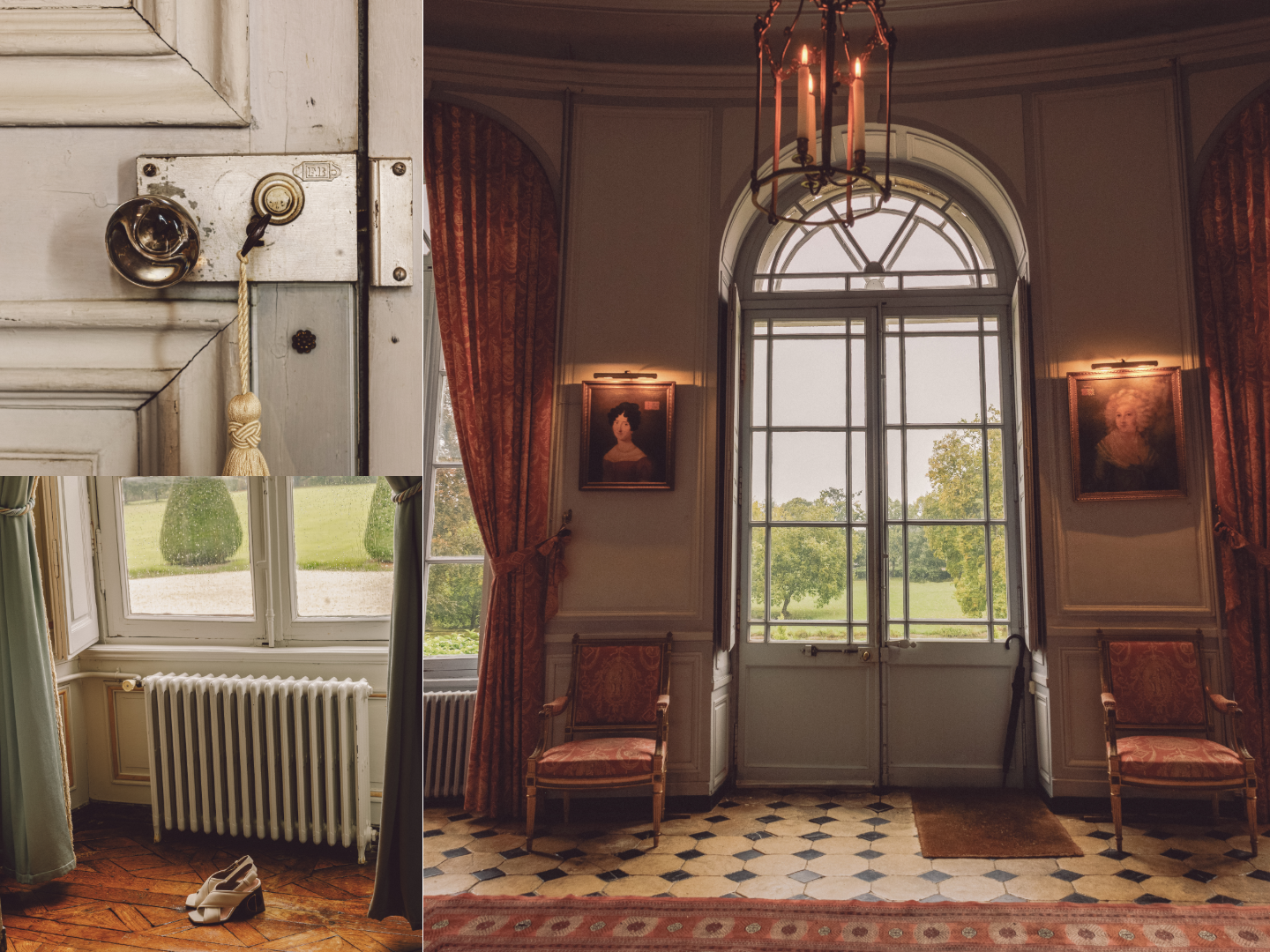
There’s fresh talent at the stove, too: chef Christophe Pacheco now heads the kitchens with Killian Rosini. Their seasonal menu shines with local bay produce—including those famous eggs from Ferme Delaunay, sourced here for five generations.
Returning to Boucéel as dusk settled felt like rewinding time. The limestone façade glowed honey-gold, the courtyard cats stretched in the last light, and inside the Count turned another page of his family’s story. It’s rare to find a place where history feels so personal, where you’re not just staying in a room but stepping into a lineage.
We stayed for the weekend, but the days blurred in the château’s gentle rhythm. Here is not about luxury in the predictable sense; it’s about the luxury of sincerity. Of being welcomed not as a guest, but as a friend— into a home where the past still pours your coffee and history lingers just down the hall.
As we packed to leave, Mochi blinked from his sunny corner, unimpressed. And I thought—he’s right. Even a weekend at Boucéel isn’t nearly enough.
Photos by Marta Romashina.
